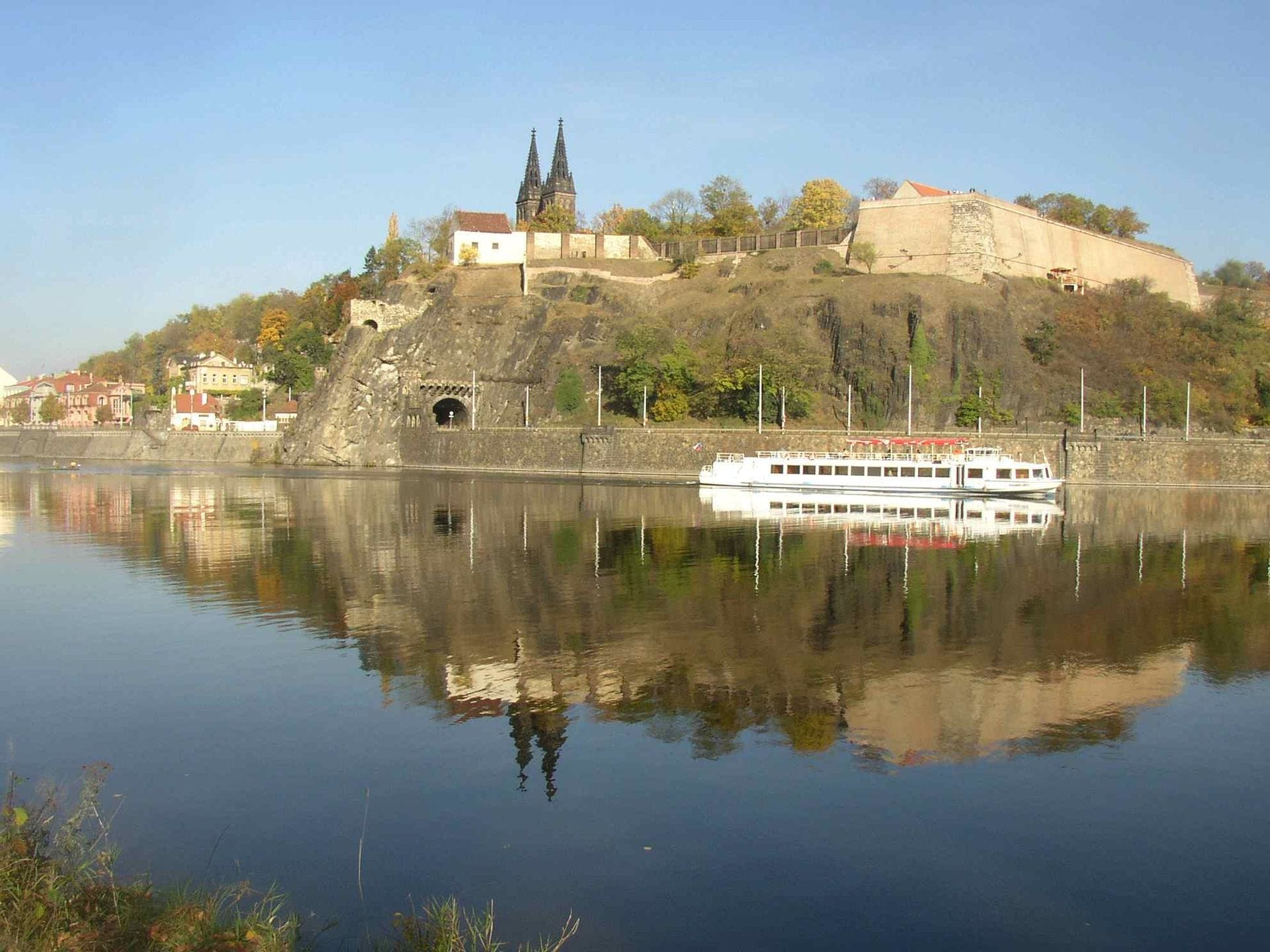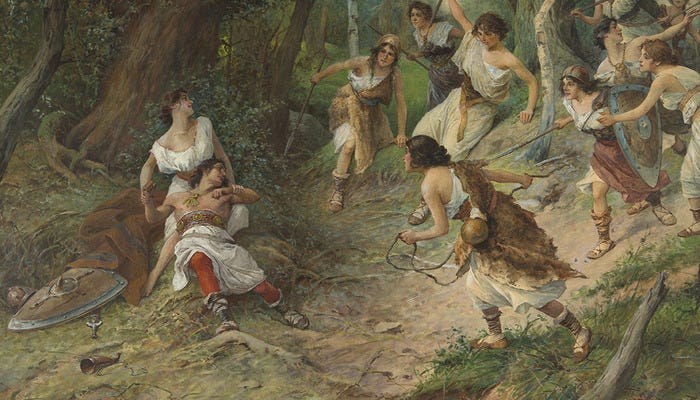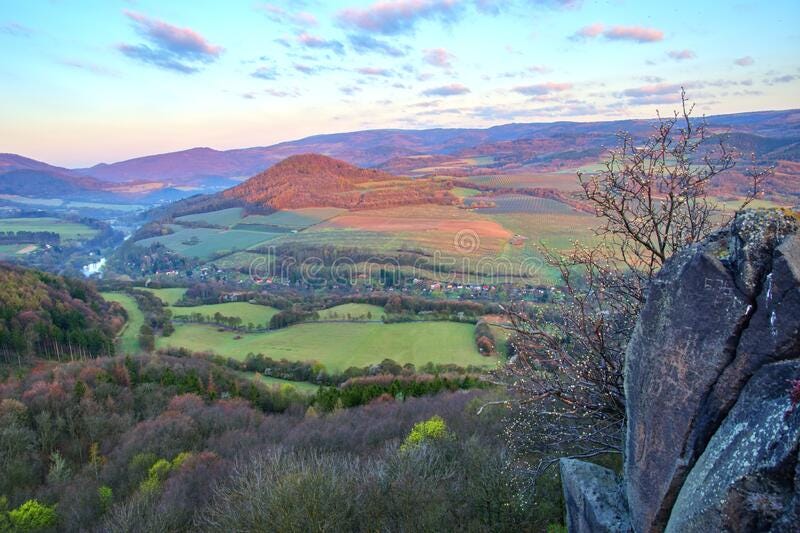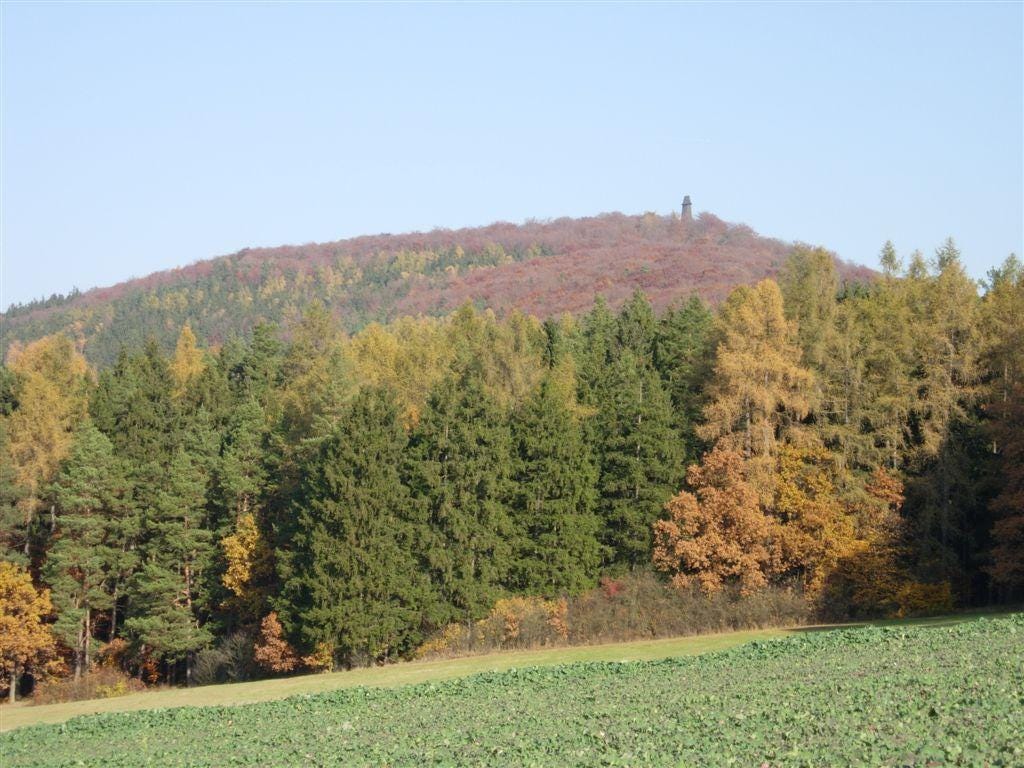
The Czech composer Bedřich Smetana composed the six individual movements of his symphonic masterpiece, Má vlast (My Homeland), between 1875 and 1880. The six movements — Vyšehrad, Vltava, Šárka, Z českých luhů a hájů, Tábor, and Blaník — were conceived as individual symphonic poems, but only one of them, Vltava (Die Moldau in German), is performed by itself with any frequency. They were played as a set for the first time on November 5, 1882 in Prague.
Each symphonic poem, or movement, of Má vlast describes some sort of aspect of the countryside, history, or legends of what was then called Bohemia.

Vyšehrad (The High Castle) is a musical description of the castle overlooking the Vltava river, which goes directly through Prague.

Vltava, the second movement of Má vlast, is the most often performed of the symphonic poems. It is a musical description of the river from its beginnings a tributary, to the mighty St. John’s Rapids, by the majestic walls of the castle Vyšehrad, and finally disappearing as its joins the Elbe River in Germany.

The third movement describes the exploits of the female warrior Šárka, a central figure in the Czech legend of The Maidens’ War.

The fourth movement Z českých luhů a hájů (From Bohemia’s woods and fields) is a very straightforward musical depiction of the title. The first part describes the beautiful countryside and the second part describes a village festival.

The fifth movement, Tábor is a city in the south of what is now the Czech republic that was founded by the Hussites during the Hussites War in the fifteenth century. The Hussites were a pre-reformation movement led by Jan Hus, and while they were ultimately unsuccessful, helped solidify Czech culture and identity.

Blaník, the name of the final movement is the name of a mountain under which the armies of St. Wenceslas sleep. The legends says that they will be awakened and help the country during its gravest hour.
Here are my favorite performances and recordings.
